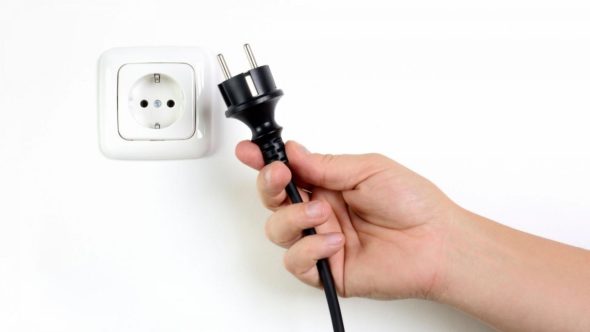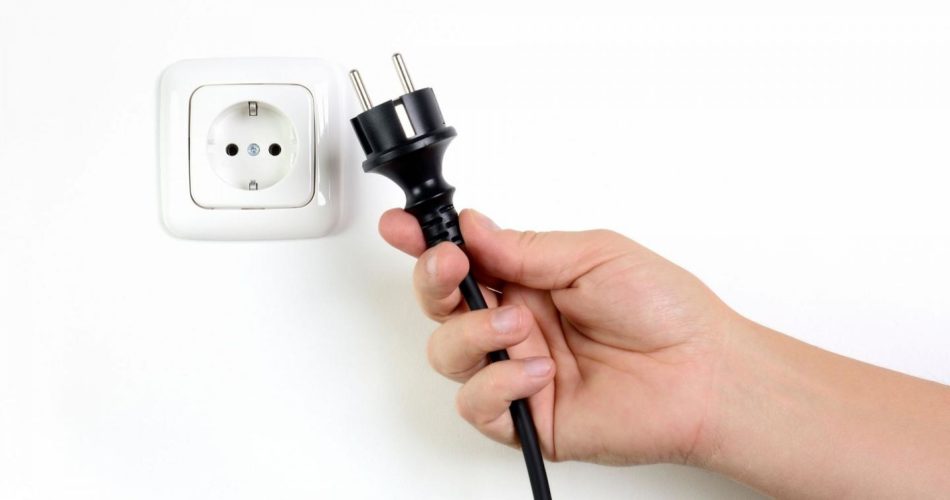“Have you tried turning it off and turning it back on again?” This is a phrase that pretty much every one of us has heard when we run into problems with electronic devices. Sometimes, we are the one giving people this advice.
As cliché as it sounds, this is an actual method of solving many troubleshooting problems, and it even has a proper name: Power Cycling.

So, for today we partnered up with Anya from PrinterHeadlines.com, the author of several troubleshooting guides, and went over some situations in which power cycling would be needed.
This method is not just limited to printers, though. You can power cycle pretty much any piece of electronic and electric equipment. For example: consoles, modems, computers. But, today, we are going to focus on printers. It works on all printer makes and models. But before that.. what are some situations that would need you to power cycle your printer?
- Your printer suddenly shows itself as offline even though it was working just fine a minute ago.
- Your printer is not showing up in the list of available printers.
- Your printer isn’t responding to print requests.
- Your printer is hanging or crashing.
How To Power Cycle Your Printer
- Turn the printer off.
- Unplug the power cord from the printer and the wall.
- Wait for at least 30 seconds to 1 minute.
- Plug your printer back on.
- Wait for the cartridges to center and run a test print to see if the printer is working properly.
What To Do If the Problem Persists?
You can try the following if your problem still persists even after power cycling:
- Clear the printer queue.
- Reset your device to factory settings.
If your problem is very serious, it is always good to consult a professional and get it fixed!
Historical Usage
Did you know that even space agencies (such as NASA) have used this method to fix issues with satellite launch vehicles? It may sound shocking that organizations with a team of highly specialized professionals would resort to this simple tactic. Here are three historic instances where power cycling fixed the problem:
- During Apollo 14’s mission to the moon, the landing radar was supposed to lock on to the surface before a landing could be attempted. But the radar failed to do that which prevented the computer from updating information on altitude and vertical descent speed. Mission control asked the astronauts on board to power cycle the landing radar breakers. Surprisingly, it ended up fixing the problem!
- The second instance occurred during the Rosetta mission to a Jupiter-family comet by the European Space Agency. After reaching the comet, the lander did not awaken properly and failed to send over the required telemetry. Engineers diagnosed it as “a glitch in the electronics” and cycled the power. The lander awoke properly all that!
- The final instance was during the launch of the Advanced Extremely High Frequency – 6 satellite by the United States Space Force. Launched on an Atlas -V rocket, at T-46 seconds, the hydraulic system stopped responding. A hold was caused. The crew turned it off and back on again, and everything proceeded as planned.
So, remember. Sometimes, the easiest solution is actually the best!

